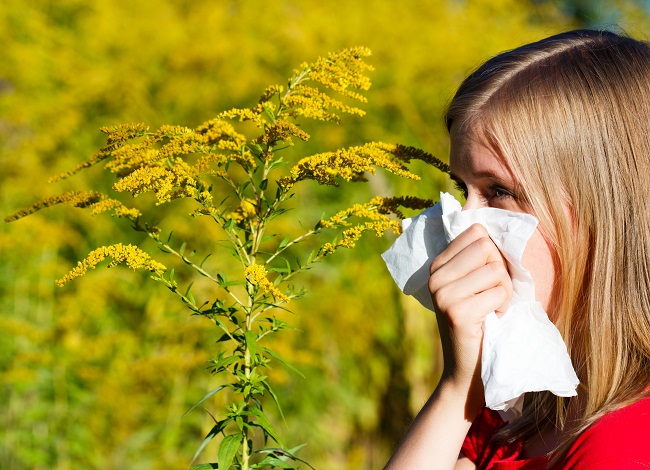Ragweed Allergy: Understanding the Symptoms and How to Manage Them
Are your allergies flaring up? You could be allergic to ragweed. Ragweed allergy is a hay fever that occurs during the late summer and early fall. Ragweed is a flowering plant found in every state which produces pollen that can travel up to 400 miles when carried by the wind. According to WebMD, “Ragweed can release billions of grains of pollen into the air”. Some of the symptoms of ragweed allergy include a runny nose, sneezing, and irritated eyes.

Here are some ways to help manage the symptoms:
- Keeping your windows closed: Leaving your windows open can allow ragweed pollen to travel into your home and even your car.
- Keep track of pollen counts: Look at local news websites and your newspapers to track pollen counts. If the counts are high, it’s important that you try to avoid going outside until the counts decrease.
- Limit time outside: According to WebMD, the peak hours for ragweed pollen is between 10:00 A.M. and 3:00 P.M. If possible, try to limit your time outside during these times because these peak times can worsen your symptoms.
- Make sure to change your clothes: After spending time outside, make sure you change your clothes after being outside for a long time because pollen can stick to your clothing. Don’t forget to wash your hands and take a shower before you go to bed because it can also stick to your skin.
- Avoid Triggers: Certain fruits such as bananas and melons can actually worsen your symptoms. These fruits contain the same types of proteins as ragweed pollen.
Sometimes trying to avoid ragweed pollens isn’t very effective. There are some other treatments including taking over-the-counter medications, prescription medications or getting allergy shots. If your allergy symptoms persist, it’s highly recommended that you contact an allergy specialist. They can help you find an effective way to manage your symptoms. To learn more about your treatment options, contact us.
